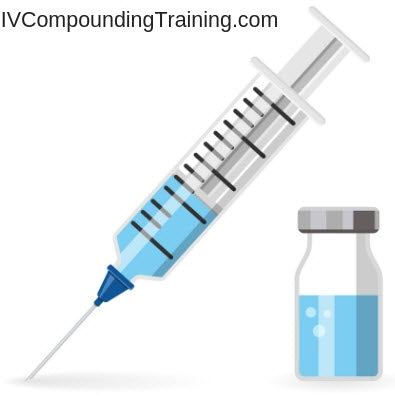Another advantage of a Pharmacy IV workflow management system is automation of processes associated with preparing, verifying, documenting and tracking CSP’s.
Enhanced Patient Safety:
One of the primary goals of any healthcare institution is to ensure patient safety. IV medications, when improperly prepared or administered, can pose significant risks to patients. IV workflow management systems provide a robust safety net by incorporating multiple safety checks and measures throughout the medication preparation process. From barcode scanning and automated calculations to cross-referencing medication orders with patient profiles, these systems minimize the potential for medication errors and adverse drug events.
Moreover, IV workflow management systems integrate with electronic health record (EHR) systems, enabling real-time access to patient information and medication history. This integration facilitates accurate patient identification, verification of prescribed medications, and detection of potential drug interactions or allergies, further enhancing patient safety.
Improved Workflow Efficiency:
Pharmacy IV workflow management systems streamline the medication preparation process, optimizing efficiency and reducing the turnaround time. Traditionally, compounding IV medications involve manual steps, which can be time-consuming and prone to errors. However, with IV workflow management systems, pharmacies can automate many of these processes.
These systems employ advanced robotics and automation technologies to measure and compound medications accurately. The software guides pharmacists through each step, ensuring adherence to standardized protocols and minimizing the risk of human error.
Additionally, IV workflow management systems provide real-time inventory tracking, alerting pharmacists to medication shortages or expirations, enabling proactive management and reducing delays in medication delivery.
Furthermore, these systems facilitate seamless communication among pharmacy staff members. The software assigns tasks, tracks progress, and enables collaborative work, enhancing overall workflow coordination and efficiency. Pharmacists can prioritize their activities, monitor pending tasks, and allocate resources effectively, resulting in improved productivity and reduced bottlenecks.
Reduced Medication Errors:
Medication errors are a significant concern in healthcare settings, with potentially serious consequences for patients. IV workflow management systems significantly reduce the likelihood of errors by introducing automated checks and safeguards.
The systems employ barcode scanning technology to verify medication accuracy at each stage of the compounding process. Pharmacists scan the medication vials, ensuring that the correct drug, dosage, and concentration are selected. This process minimizes the risk of selecting the wrong medication or incorrect dosage, as the system cross-references the scanned information with the prescription order.
Additionally, IV workflow management systems employ gravimetric verification, which compares the weight of the prepared medication to the expected weight based on the prescribed dosage. This method provides an additional layer of accuracy and ensures that the medication has been compounded correctly.
Conclusion:
The introduction of Pharmacy IV Workflow Management Systems has transformed the way pharmacies handle IV medication preparation. These systems enhance patient safety by minimizing errors and promoting accurate medication administration.
They also optimize workflow efficiency, reducing turnaround time and improving overall productivity. By automating manual processes and integrating with EHR systems, IV workflow management systems have become indispensable tools for modern healthcare facilities.
As the demand for IV medications continues to grow, embracing these innovative technologies will undoubtedly lead to safer, more efficient pharmacy operations.
Here is an example video that demonstrates the process from BD Pyxis™.
